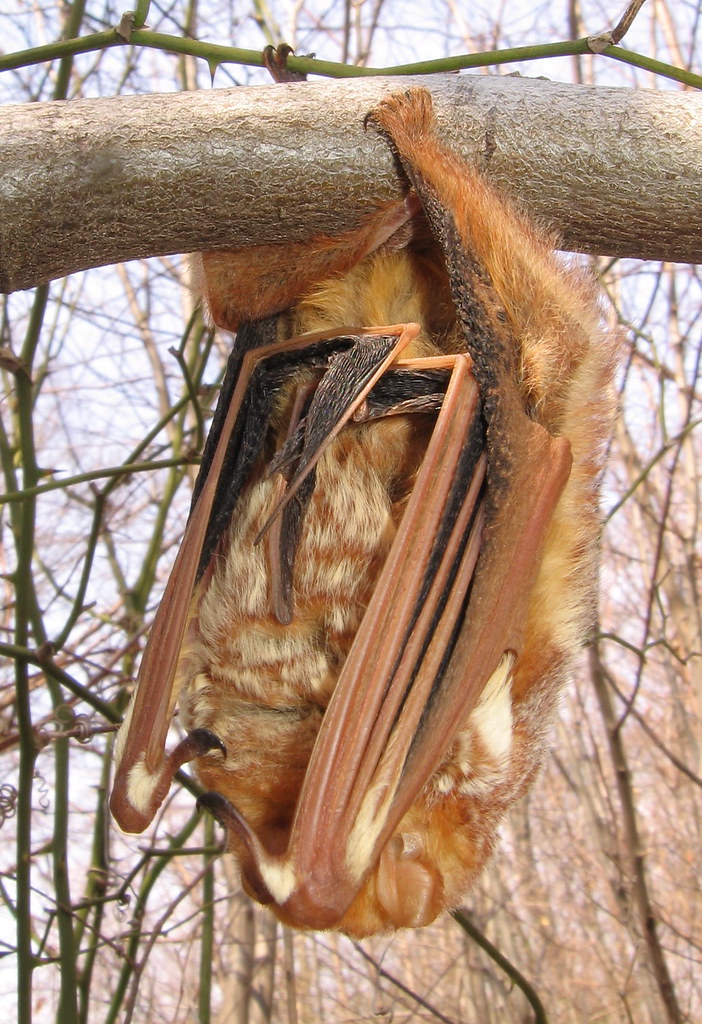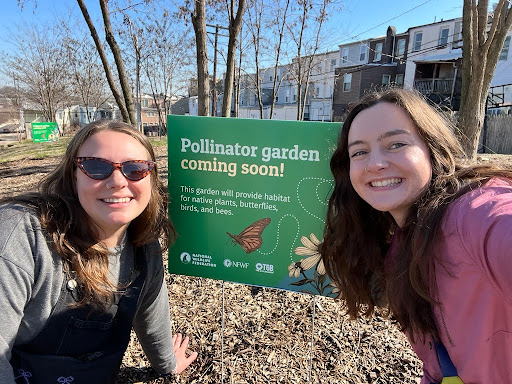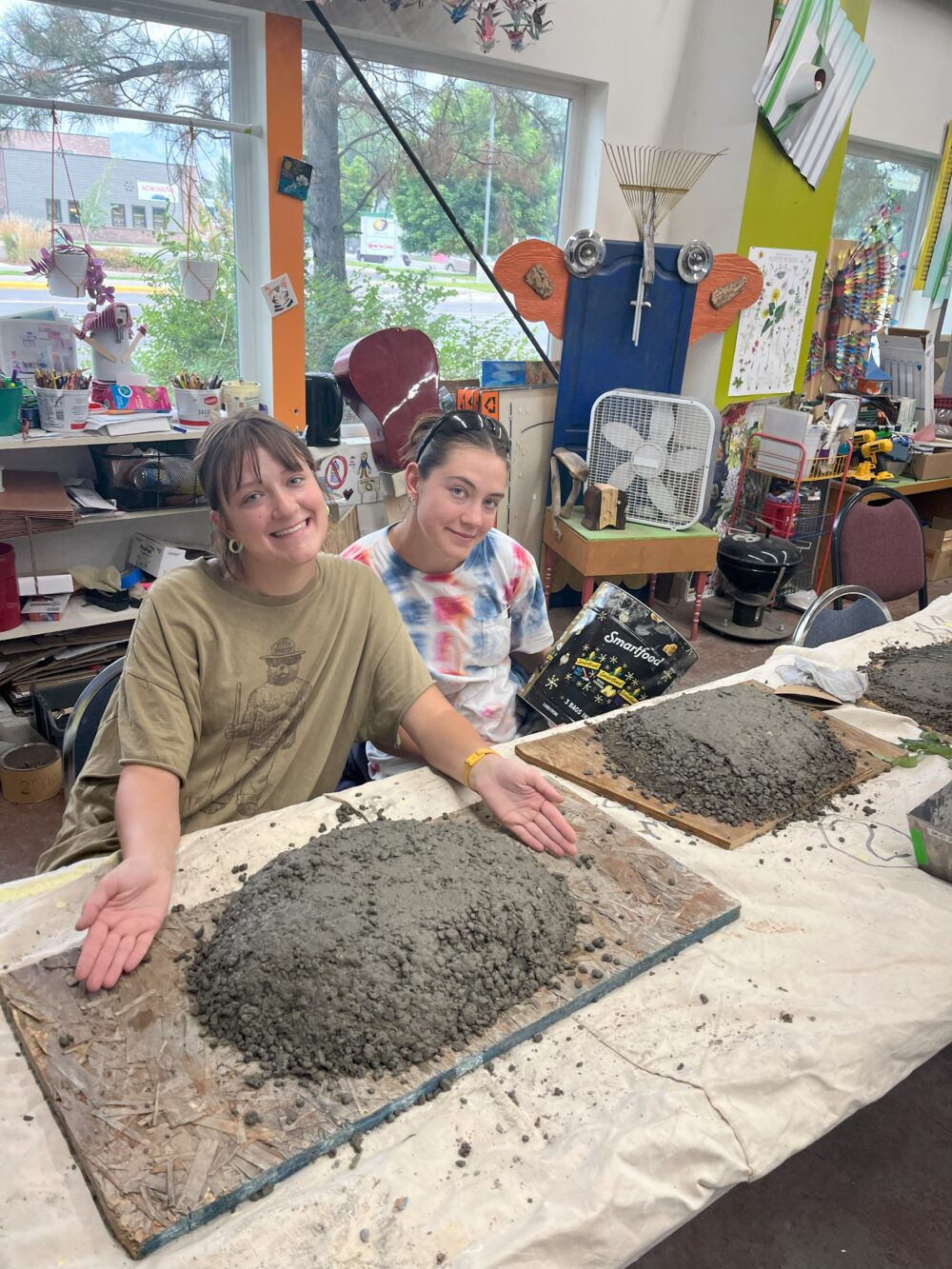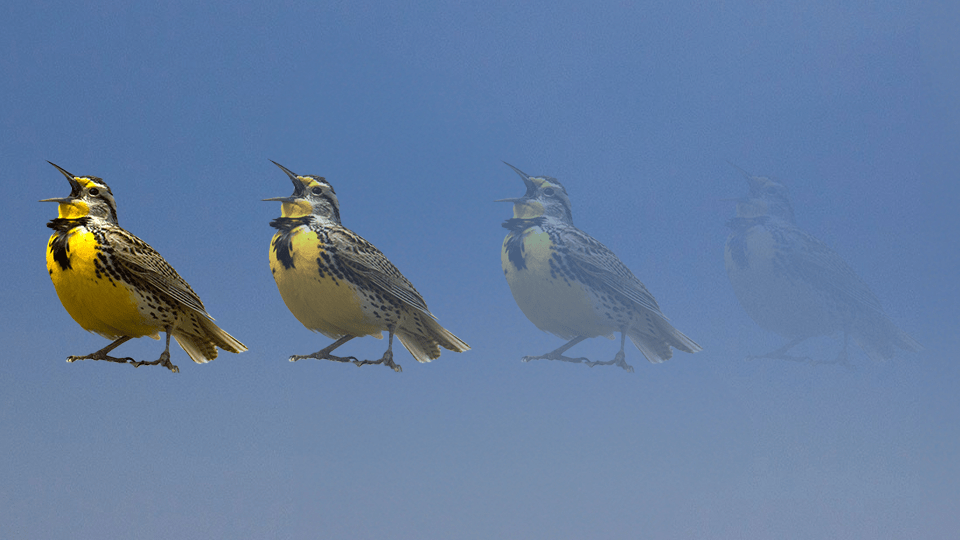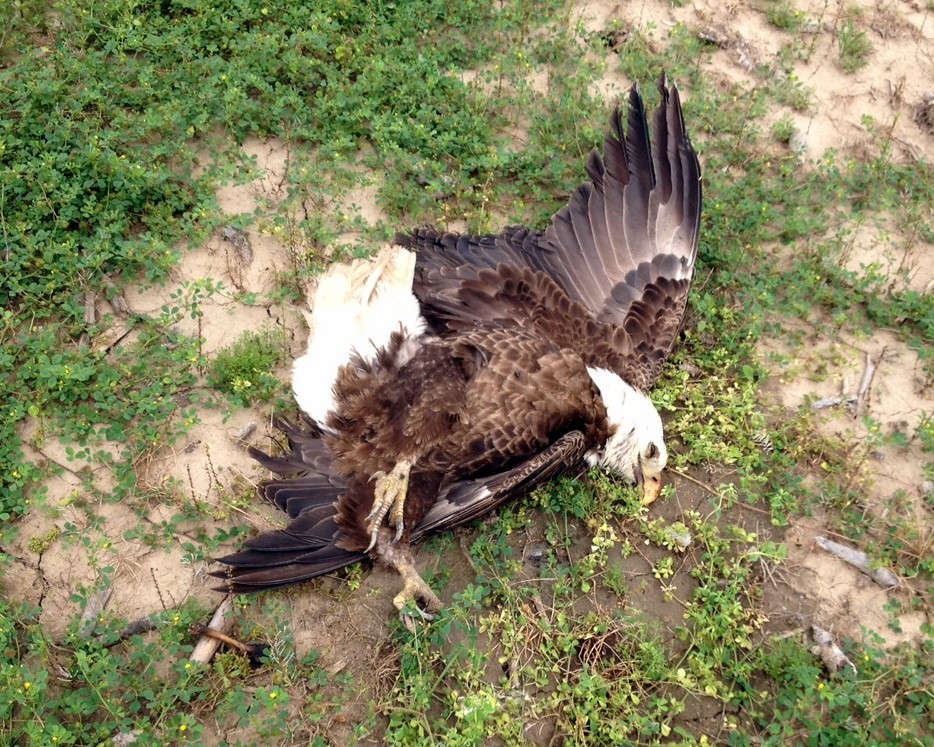We have much more to do and your continued support is needed now more than ever.
Facts About the “Murder Hornet”
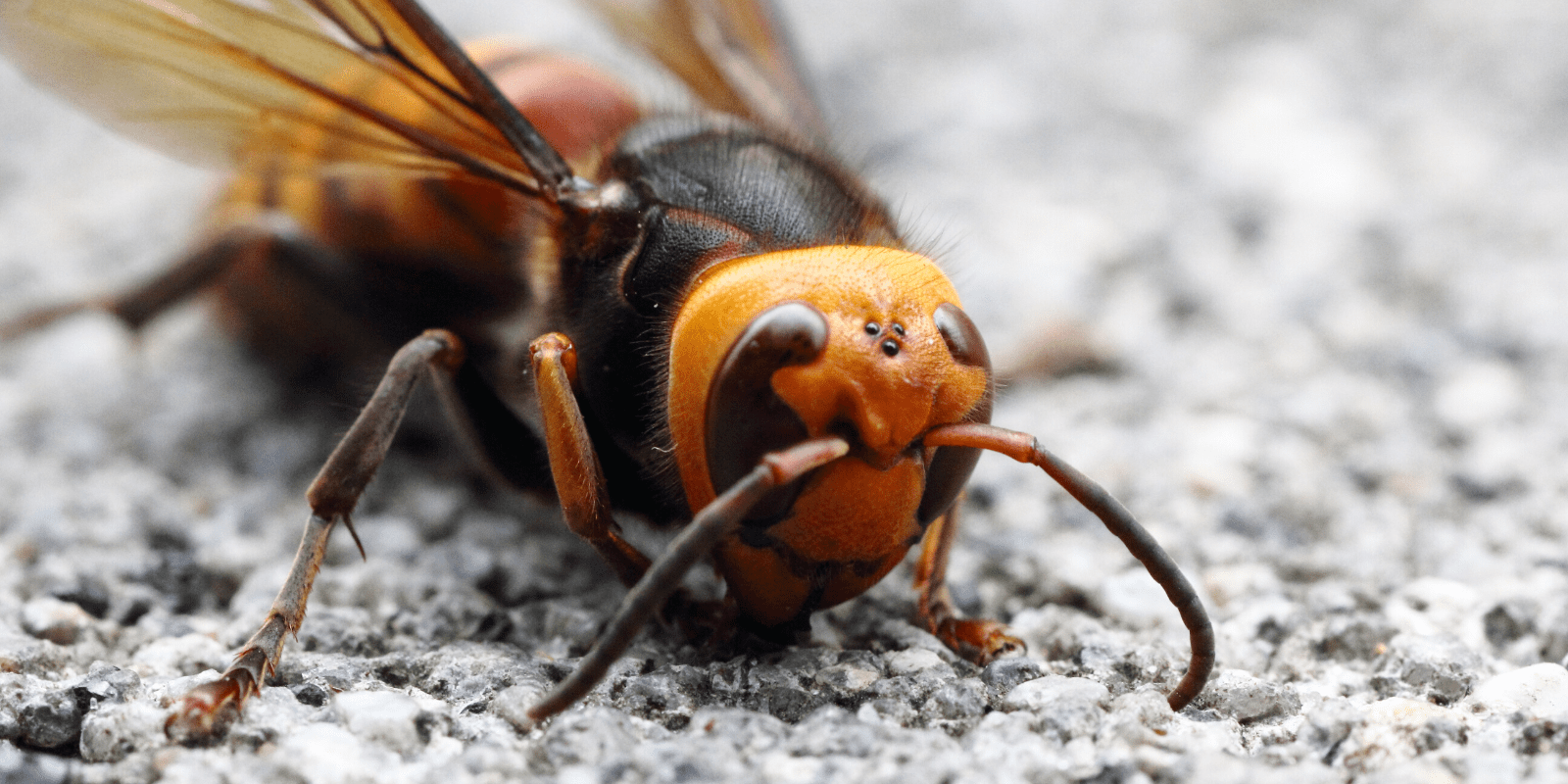
Recent documentation of the Asian giant hornet (Vespa mandarinia) in Canada and Washington state have prompted questions and concern about the species.
While invasive non-native species are a real problem and something to be concerned about, right now there’s no cause for panic over Asian giant hornets in North America. Monitoring continues, but the problem was local to a specific area of the Pacific Northwest and seems to have been resolved.
Early detection and rapid response to new species invasions is of critical importance. Eradication of new non-native invasive species is only truly possible when the problem is identified and dealt with early enough. Monitoring continues, but hopefully that is the case with the Asian giant hornet in North America.
Asian Giant Hornets – The Facts
In the fall of 2019, a nest of Asian giant hornets, native to Eastern Asia, was found and eradicated on Vancouver Island, Canada. Individual hornets were also found and dispatched on the U.S. side of the border in Washington state.
Media headlines that referred to these insects as “murder hornets” recently went viral, causing mass concern in North America about the species.
According to entomologists involved, however, there have been no verified reports of the species in 2020 and although monitoring efforts continue, there currently is no cause to believe that any of these hornets are still present in Canada or the U.S. (UPDATE: In late May of 2020 there were two confirmed reports of Asian giant hornets in the Pacific Northwest. Monitoring continues.)
No verified sightings have been recorded of the species in the U.S. outside of Washington state. If you are in that region and think you have seen an Asian giant hornet, report it to the Washington State of Department of Agriculture here. If you are not in that region and think you’ve seen one, it is most likely a different species.
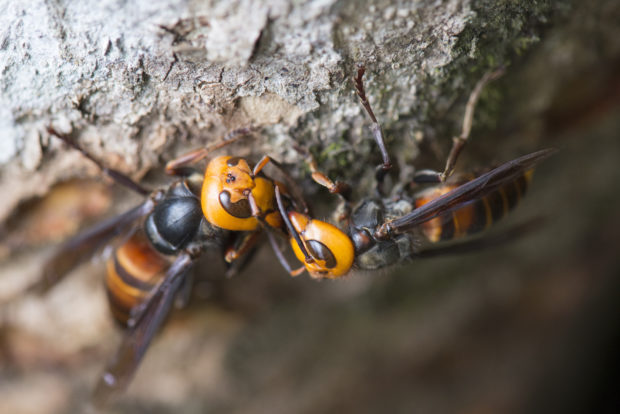
Threats Posed
Non-native invasive species weaken ecosystems and are the second leading cause of species endangerment behind habitat loss.
A 2005 study estimated that the economic damages associated with invasive species in the United States reached approximately $120 billion/year.
The Asian giant hornet preys on honey bee hives and is a concern for the commercial honey bee industry should it become established in North America.
Asian giant hornets can deliver a painful sting and due to their size and amount of venom injected can cause human fatalities, although this is rare. They can also bite with their mandibles. Generally, however, the species ignores humans unless its nest is disturbed.
Species ID and Behavior

The world’s largest hornet species, the Asian giant hornet can grow to two inches long. It has a distinctive look, with a large, yellow-orange head, long teardrop-shaped eyes, large mandibles and orange and black stripes.
Hornets are a type of wasp. All female wasps can sting, but only attack humans defensively.
Some wasp species are social and form hives which they will defend by stinging when threatened. Other species are solitary and use their stinger to procure food, rarely defensively.
Other large wasp species that may be confused with the Asian giant hornet are the European hornet, introduced to the U.S. in the 1800s, and the native cicada killer wasp.
Learn to identify which species of wasps are present in your area with NWF’s Guide to Insects and Spiders.
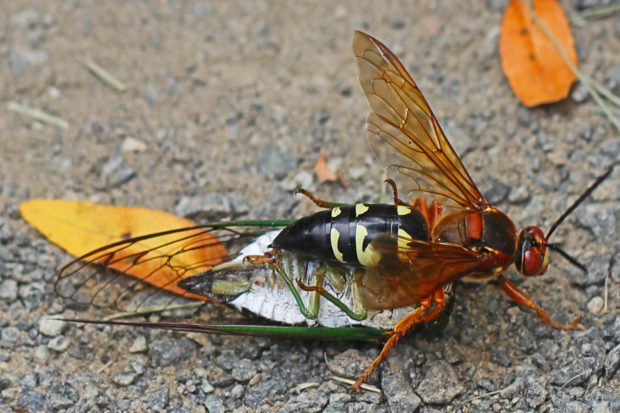
Managing Hornets at Home
Hornets and other wasp species play important ecological roles as pollinators, predators and parasites of pests, and are part of the greater food web. We should make the effort to co-exist with native species.
Here are some helpful tips:
1) Avoid getting close to any wasp, never swat at a wasp and never approach a nest hive.
2) If you have a wasp nest that is in close proximity to high-traffic areas around your home that is a cause for concern, contact a professional pest removal company to safely remove it.
3) If you have a known allergy to wasp stings, carry an epinephrine auto-injector (e.g., EpiPen) and follow best practices for its use.
4) Avoid blanket spraying of pesticides, which can impact non-target species such as bees, butterflies and other beneficial insects.
In most cases, if you respect their space and let them go about their business, people can peacefully co-exist with wasps.
















